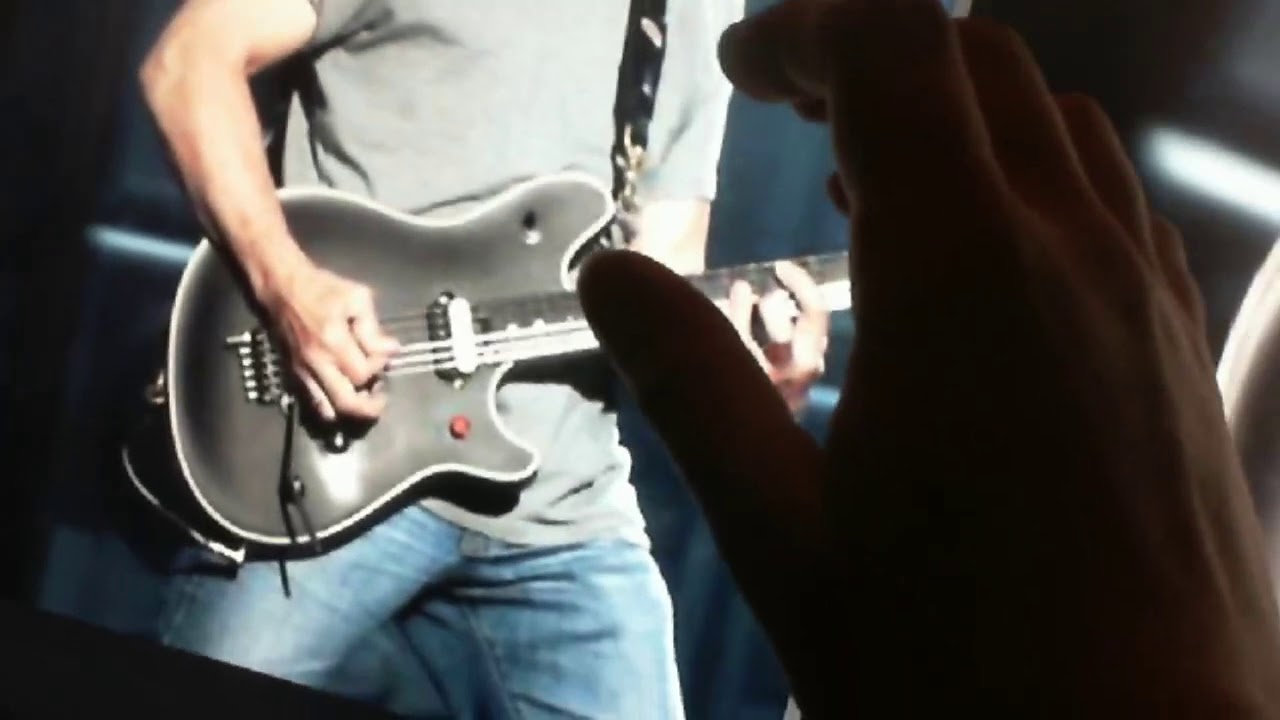Always been able to tremolo pick very fast from the elbow, but didn’t work on it at all as I’ve read that it’s always been considered a ‘bad’ technique (lack of control).
Recently, I decided to adopt the elbow as my primary motion and my accuracy has made some slight improvements, but not much (to be fair, I haven’t been practicing much). If I’m honest, I’ve never liked the feel and look of picking from the elbow and still don’t. The wrist just seems so much more logical and looks much more graceful.
I’ve tried picking strictly from the wrist for years and it’s only till actually going through the primer and studying it (still on chapter 4) that I’ve figured out what my picking technique is.
It’s somewhat of a DBX/ string-hopping motion using some wrist and a lot of forearm rotation… it’s a complete mess.
My question is, are certain picking motions simply NOT for certain people (one person’s joints and hands simply aren’t suited for using the wrist as the primary motion)? Should I accept my fate as an arm player?
I’d like to start over and learn a new picking technique from scratch, probably EJs wristed USX technique.
Thanks


 But the speed of her movements never really changed.
But the speed of her movements never really changed.